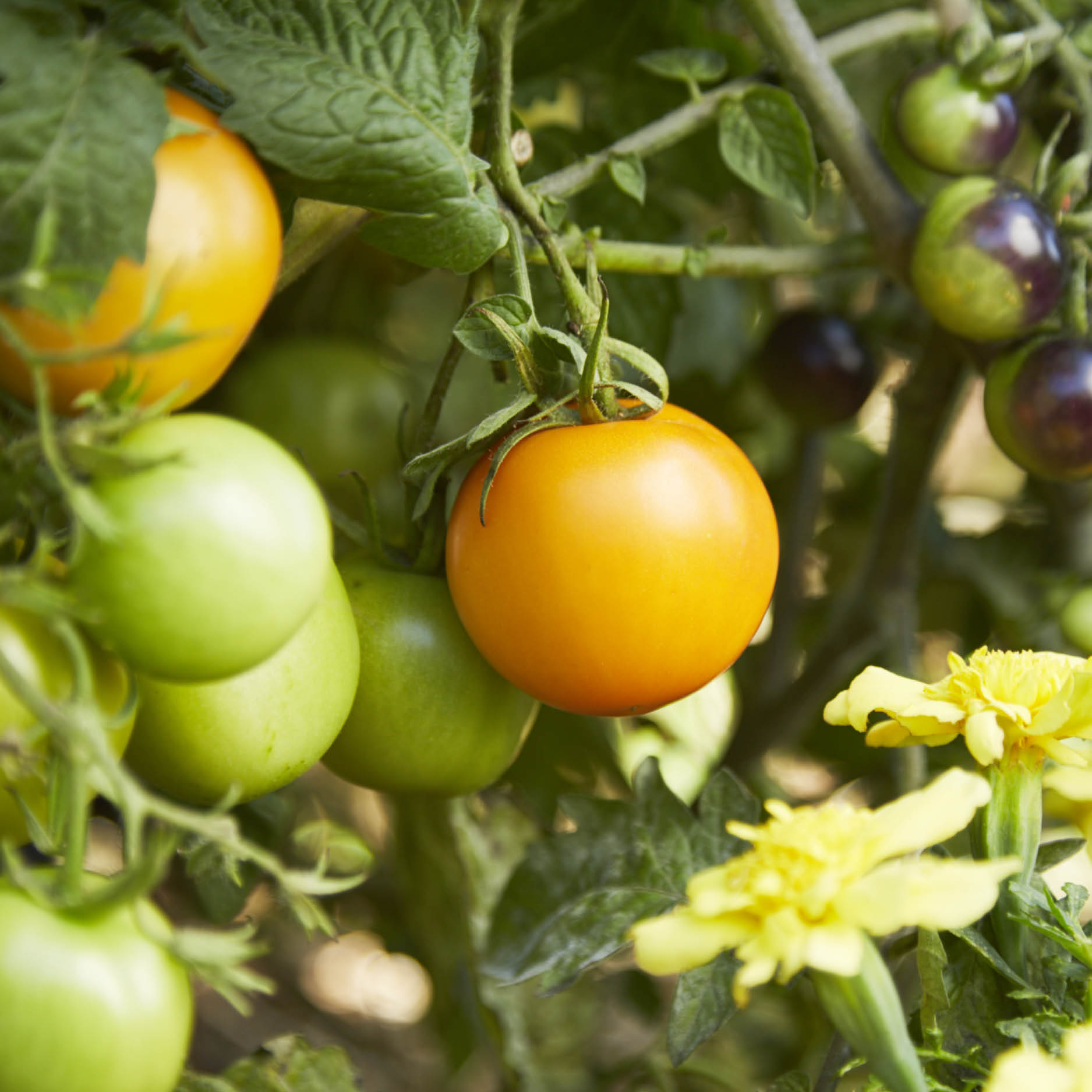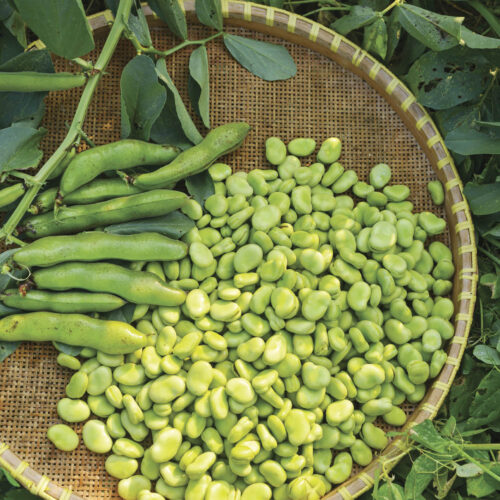Modern heirloom tomatoes
2019-05-29T06:31:21+10:00
Heirloom tomato seeds have many advantages especially as they are non-hybrid plants from which you can collect seeds and regrow plants that generally grow true to type.
The number of heirloom tomato cultivars worldwide is variously cited as anywhere between 3000 and 20,000, but there are probably close to 15,000 in seed banks around the world. Of those, only 3000–5000 varieties are regularly grown. In Australia, we have up to 500 varieties available through commercial seed suppliers, and many hundreds more can be sourced through seed-saver organisations. But what is an heirloom?
Some say that they need to be at least 50 years old, while others claim that there should be a history or story associated with them or that they need to have been passed down through several generations. It is becoming much more common, though, for the term ‘heirloom’ to be synonymous with ‘open-pollinated’ and ‘heritage’, meaning that an heirloom tomato is any non-hybrid tomato from which you can collect seeds and regrow plants that generally grow true to type. Heirloom tomatoes are generally self-pollinated, often with the help of wind. This means that gardeners and farmers can select their best plants and save seeds from year to year; these seeds are free and owned by everyone. But the added bonus with tomatoes, and many other vegetables, is that you can also cross-pollinate and produce your own ‘new’ plant cultivars, which could become modern heirlooms.
There has been some fascinating tomato breeding in the US done by people like Tom Wagner who bred Green Zebra as well a many other cultivars. Also Brad Gates from Wild Boar farms in California who has worked with the genetics of tomatoes (by breeding and selecting natural mutations) to produce some really outrageous tomatoes. Look for Barry’s Crazy Cherry, Blue Beauty, Blue Berries and Pink Berkeley Tie Die which are already in Australia. And Artisan Seeds has bred the Bumblebee line with Pink and Sunrise Bumblebee both being available here.
But there has also been some truely interesting breeding happening in New South Wales (and the US) with the Dwarf Tomato Project (DTP). The DTP started over 12 years ago as ‘a unique cross-hemispheric collaborative project’ between Patrina Nuske-Small from New South Wales, Australia, and Craig LeHoullier from North Carolina, USA. The pair met via an online tomato forum, where Craig commented that dwarf tomatoes (sometimes known as ‘tree tomatoes’) – which feature a stout central stem and large crinkly leaves – were lacking diversity of flavour and colour. He suggested that it would be good to cross dwarfs with heirlooms to remedy this situation. Patrina thought this sounded like a fun thing to do, and she decided to have a go in Australia. In the end, teams of over 300 volunteers from both countries crossed known dwarf heirloom tomatoes with indeterminate (tall-growing) heirlooms that have special characteristics, such as large fruits or an unusual colour, shape or flavour. By 2017, the project had released 68 new dwarf varieties featuring various tomato colours, sizes and shapes. The tomatoes go through a long process of stabilisation involving seven or more generations before being released to the public. Those in Australia have names like, ‘Kookaburra Cackle’, ‘Uluru Ochre’ and ‘Banksia Queen’.
With the agreement of project participants, all varieties were released under the Open Source Seed Initiative (OSSI). If you grow OSSI tomatoes or other vegetables, then you pledge to not ‘restrict others’ use of these seeds or their derivatives by patents or other means, and to include this pledge with any transfer of these seeds or their derivatives’. Patrina says, ‘OSSI is a great way of raising awareness of seed sovereignty staying in the hands of gardeners and farmers and out of the hands of corporations’. Patrina sells the seeds of some these modern heirlooms from her website.






